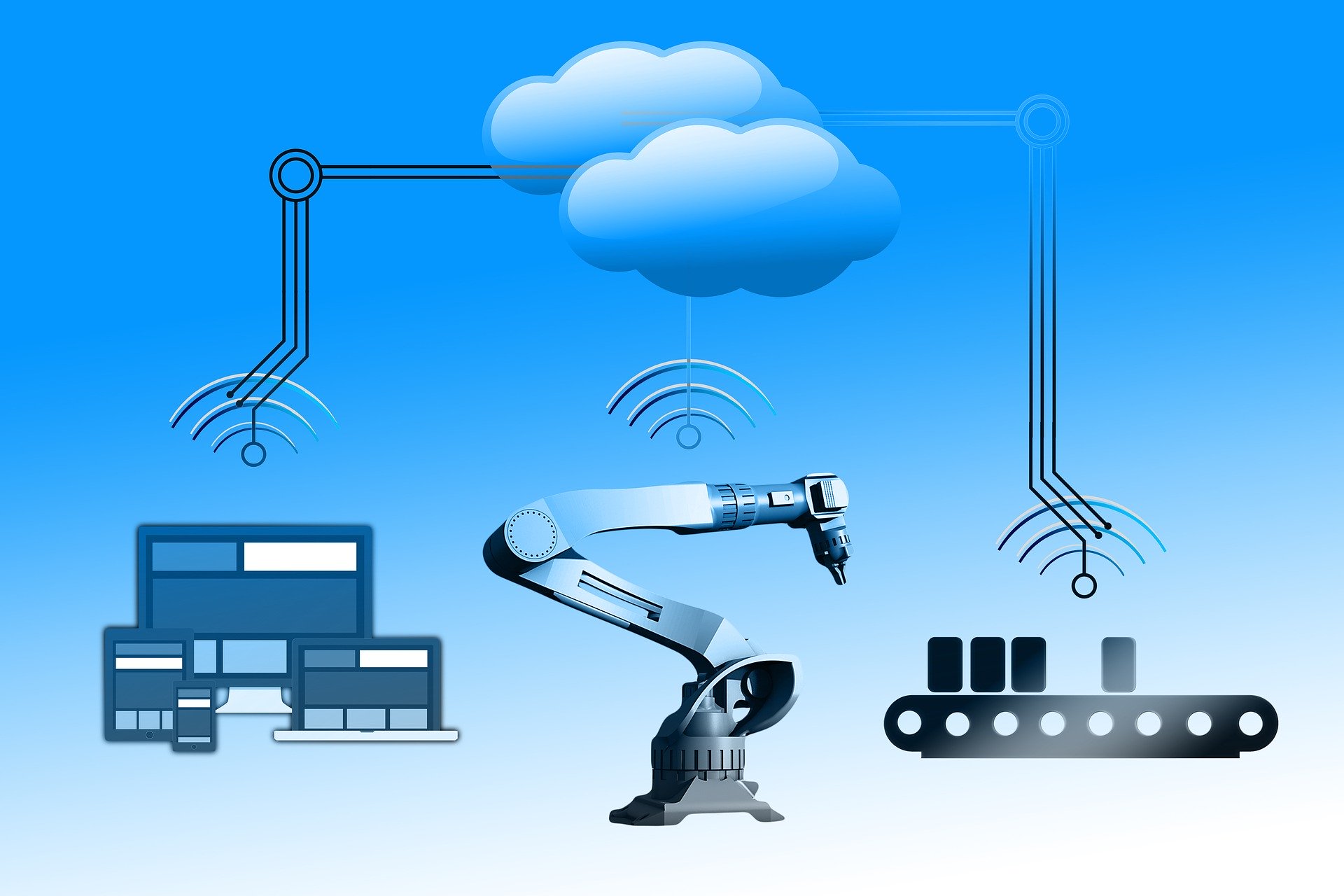When your conveyor belt is not working accurately, then it probably has some untold ramifications in your entire system. This makes the ongoing operations to be thrown off schedule, which results in a huge loss of money as well as productivity. In order to avoid this, always keep an eye on your system carefully. This can be done by regularly observing, carefully watching and monitoring your belts. In this way, you can actually catch many issues at the bud before they develop into a bigger problem, that would require a lot of time and money to fix.
No matter how careful you are, mistakes do happen. Even if your conveyor belts are of an excellent quality from Wainwright offering belt conveyor (that are especially manufactured keeping in mind your needs and those which work perfectly), a little mismanagement in its working can cause problems. And it is due to these mistakes that these parts and equipment break down. And when such a thing happens, it’s essential to know the ways to fix such issues. It is really necessary for you to understand how to carry out the conveyor belt maintenance along with some of the common conveyor belt issues and the strategy to fix them.
Some issues with your conveyor belts that can affect your business negatively!
Even the smoothest running and perfectly working conveyor belts show problems. These issues can actually take a big turn and become a huge if not addressed on time. Therefore, we have listed some of the problems of your conveyor belts that should be tended to immediately. This would in turn help you keep your conveyor belts working smoothly and avoid breaking down due to some preventable issues.
Conveyor belt miss-tracking — Tracking is basically the procedure of managing and aligning the belt in an accurate path. This is very crucial to ensure the smooth functioning and output of your working system. Miss-tracking is actually when something goes wrong in this system. The belts seem to be shifted from its place at some point or another, and this can make the entire system run out of alignment. This also leads to many negative consequences — like bringing the whole system off guard. Also, it can lead to premature wear of the belts too. And if the belt slips completely off the track, this can make the entire system malfunction and ultimately stop working at all. So, it’s better to notice and understand the issue at its onset, and prevent such disasters to happen.
Belt slipping — Conveyor belts depend on a specific balance of tension to work accurately. If there is an over-limit tension or even too-little, the system begins to go haywire, and this leads the belt to slip. And if the head pulley gives up or even turns too worn, there won’t be enough tension to prevent the belt from slipping down. This results in putting extra stretch and strain on the belt, loud noise, a weird squealing voice and also a complete slipping. This can only be solved by a time-consuming maintenance to fix it. In order to avoid this situation, be sure to check all parts of the conveyor belt from time to time to check that there isn’t any undue wear and tear in the system.
Blockages — The basic work of any conveyor belt system is transportation of items smoothly from one point to another, mostly through quite a complex process. Naturally, if this smooth travel system is disrupted, due to any cause, the whole system gets blocked. It’s natural for one package to mistakenly get caught in the system and this leads to another one getting blocked by it too and the line continues — soon you’ll have a pile full of packages and the system getting blocked due to it. These random blockages are hard to prevent, but you can still keep checking for any sharp edge or corner that may hinder the smooth cycle and cause the issue.
Material spillage — The material spillage is a process wherein the materials tend to get spilled from the conveyor system at some point or another. This one is a fairly common issue with the conveyor belts and such accidents often cause lots of loss, especially if the material is damaged in the process. This issue is most common along the transfer and load points. This issue doesn’t necessarily happen due to any mechanical issue, but if you see this problem happening too often, go for adding some impact beds and also skirt clamps along with a belt plough to prevent the same from happening.
Just as any other working system, an issue with the conveyor belts is bound to happen. The best way to deal with such situations is always keeping a check to prevent its occurrence and tackling the situation immediately at its occurrence!

